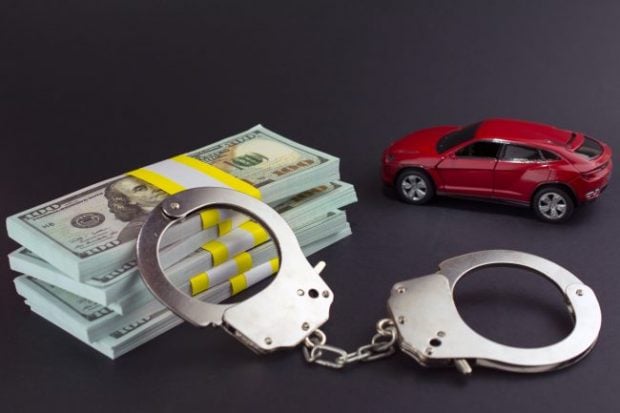Panelists from the Smart Card Alliance NFC Solutions Summit 2012 on Tuesday pulled themselves away from the speaker stands at a San Francisco Airport hotel meeting room and held a telephone press conference intended to get across one message: near field communications is happening. now, and probably it is coming to a phone near you.
James Anderson, a MasterCard senior vice president, indicated that as far as NFC went, the 2011 milestone was the rollout by Google of its NFC smartphone. That added the credibility of a technology behemoth.
For 2012, said Anderson, the next NFC milestone would be the Isis pilots in Austin, Texas, and Salt Lake Cit. Isis is the joint venture involving AT&T, Verizon, T-Mobile and various big banks.
Anderson also elaborated that MasterCard decided to support NFC several years ago because it wanted “a very short-range technology. NFC works only at a maximum range of around 4 centimeters. A consumer cannot accidentally buy something with it. That was important.”
As for consumer willingness to pay with NFC – that is, to embrace a new wave-and-pay technology – Wells Fargo executive Peter Ho said in the press conference, “Overall, the short answer is that consumers are intrigued by the convenience of mobile payments – but they have concerns around security. The more they use it, the more comfortable they get.”
Ho added: “This is one of the best times to be in the payments business – it's so dynamic.
Chip (that is: chip and PIN or EMV) is going to be in the U.S. and that dovetails with NFC. As a bank we need to teach consumers about chip and this will help drive mobile adoption.”
A big question is, will government agencies accept mobile devices as valid forms of identity, an evolution that seems necessary in a full shift to an NFC-powered digital wallet?
Rob Zivney, another panelist and an executive with security company Identive, indicated that he believed U.S. Homeland Security would shortly issue new identity specifications that will explicitly embrace IDs on smartphones.
That opened the door to a broader discussion of non-payments uses for NFC enabled smartphones – to do everything from snag rewards for loyal consumers who walk into a retailer that knows them to finding out more information about a painting in a European museum that has NFC tags “for further information” on its art works.
“A lot of very interesting, compelling NFC apps are coming down the pike,” said Charlie Walton, another panelist and an executive at chip maker Inside Secure.
© 2025 ALM Global, LLC, All Rights Reserved. Request academic re-use from www.copyright.com. All other uses, submit a request to [email protected]. For more information visit Asset & Logo Licensing.







